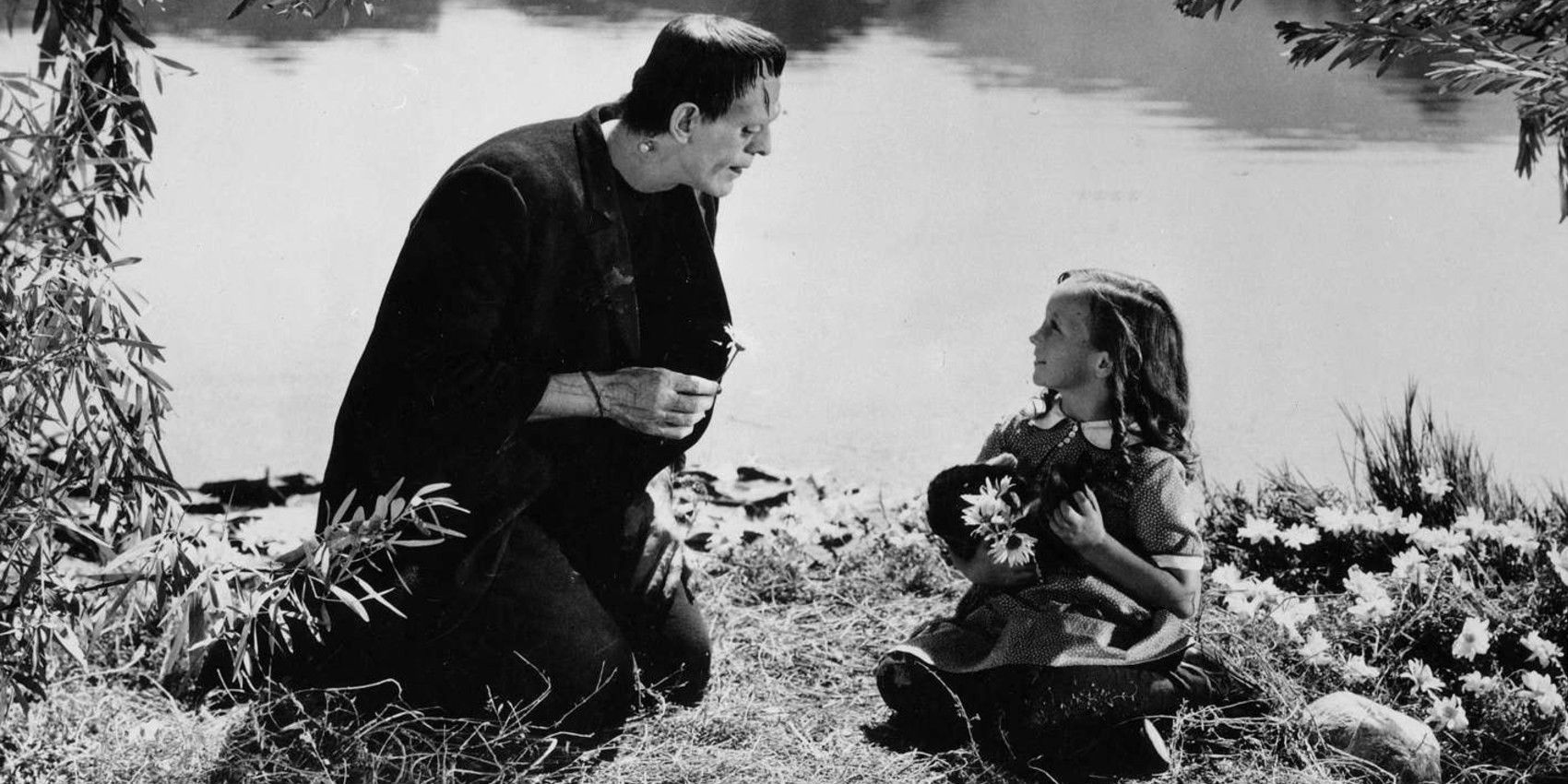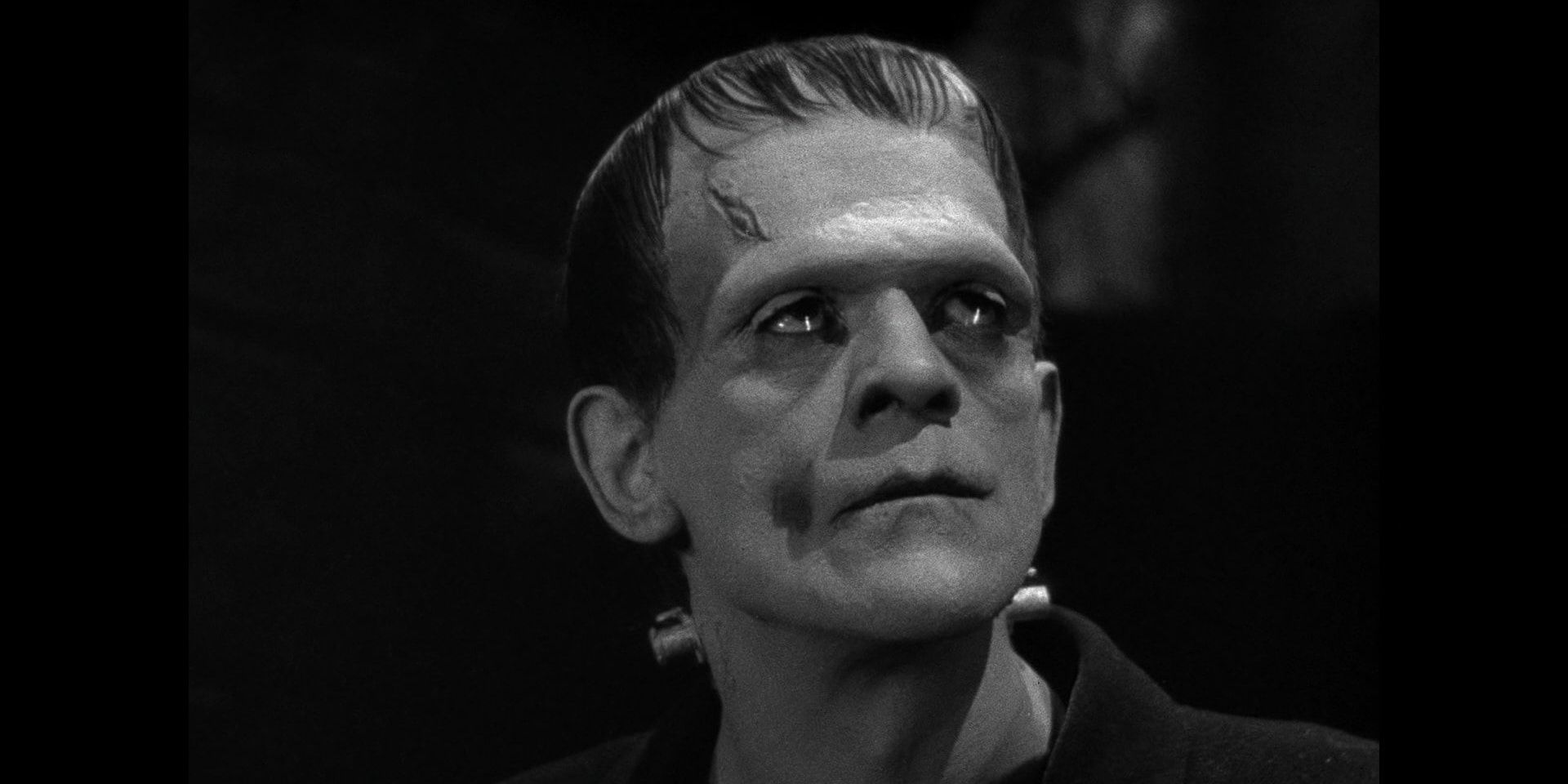1931's Frankenstein is a true horror classic, one that just about everyone has seen, but the film screened nearly eighty years ago wasn't the same. It's no secret that some people aren't willing to watch black and white movies, or older films in general. While that's certainly their right, and older films do definitely tend to move at a much slower pace than modern efforts, Frankenstein is one of those movies that remains just as captivating and fascinating now as it's ever been.
Based on the equally classic book by Mary Shelley, Frankenstein is a film that basically everyone knows the plot to, regardless of whether or not they've ever actually watched the whole thing. A mad scientist uses electricity to give life to a creature assembled out of the body parts of corpses, and (unintentionally) containing the brain of a violent criminal. Due to his monstrous appearance, Frankenstein's creation finds his new existence quite difficult, and through a series of misunderstandings, ends up the target of an angry mob.
Frankenstein contains many iconic scenes, the most famous being the monster's awakening, followed by Colin Clive's immortal shouts of "It's alive!" Frankenstein's most disturbing scene though sees the monster accidentally kill a little girl due to not understanding why what he was about to do would result in her death. The scene remains shocking even now, but in 1931, movie censorship boards were having none of it.
Frankenstein's Most Disturbing Scene Was Censored Until the 1980s
Upon Frankenstein's original 1931 release in "pre-code" Hollywood, all American prints were edited to some degree, according to the whims of various state and local censorship boards. The main target was the scene in which the monster accidentally drowns Maria, which was deemed too upsetting. The edited version saw the creature approach Maria after their shared time throwing flowers into the lake and watching them float, then cut to the next scene, and later on showed Maria's father carrying her corpse through town.
Somewhat ironically, this edited version actually makes the scene seem even worse in hindsight, as by cutting out the part where Frankenstein's monster throws her in like a flower, and is visibly upset when she doesn't float, the tone of the sequence completely changes. Now it almost appears like the creature just straight up murdered her and threw her corpse in the lake, robbing the character of a crucial part of his emotional evolution. The edits to this sequence were reaffirmed when Universal wanted to re-release Frankenstein later in the 1930s, with Hollywood now under the Hays Code.
For many years, it was thought the cut material had been lost for good, but thankfully, it was discovered in the mid-1980s, at which point Universal was able to restore Frankenstein to its original length for all subsequently produced film prints and home video releases. Unfortunately, while Frankenstein got a happy ending, many other Universal films cut due to the Hays Code weren't so lucky, actually losing the material that was excised.


